The number provided by reportWebVitals (and the underlying library web-vitals) is generally considered the correct TTFB in the web performance community (though to be fair, there are some differences in implementation across tools).
I believe DevTools labels that smaller number "Waiting (TTFB)" as an informal hint to the user what that "waiting" is to give it context and because it usually is the large majority of the TTFB time.
However, from a user-centric perspective, time-to-first-byte should really include all the time from when the user starts navigating to a page to when the server responds with the first byte of that page--which will include time for DNS resolution, connection negotiation, redirects (if any), etc. DevTools does include at least some information about that extra time in that screenshot, just separated into various periods above the ostensible TTFB number (see the "Queueing", "Stalled", and "Request Sent" entries).
Generally the Resource Timing spec can be used as the source of truth for talking about web performance. It places time 0 as the start of navigation:
Throughout this work, all time values are measured in milliseconds since the start of navigation of the document [HR-TIME-2]. For example, the start of navigation of the document occurs at time 0.
And then defines responseStart as
The time immediately after the user agent's HTTP parser receives the first byte of the response
So performance.timing.responseStart - performance.timing.navigationStart by itself is the browser's measure of TTFB (or performance.getEntriesByType('navigation')[0].responseStart in the newer Navigation Timing Level 2 API), and that's the number web-vitals uses for TTFB as well.

